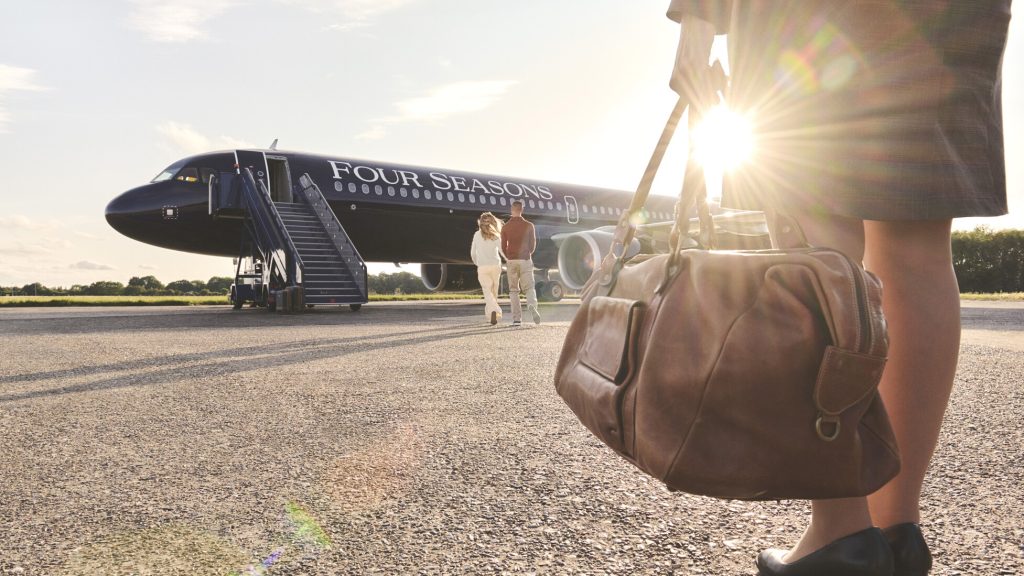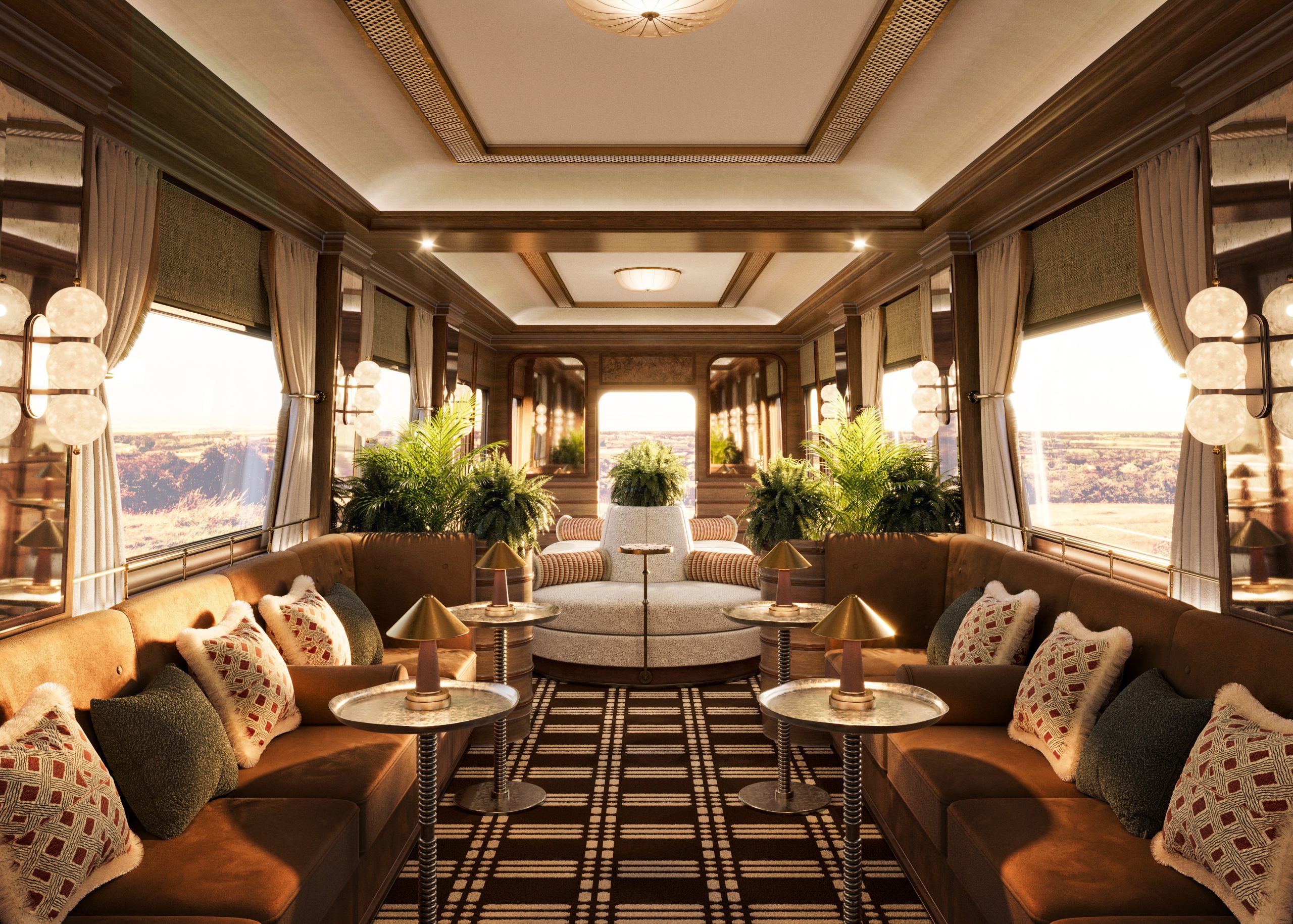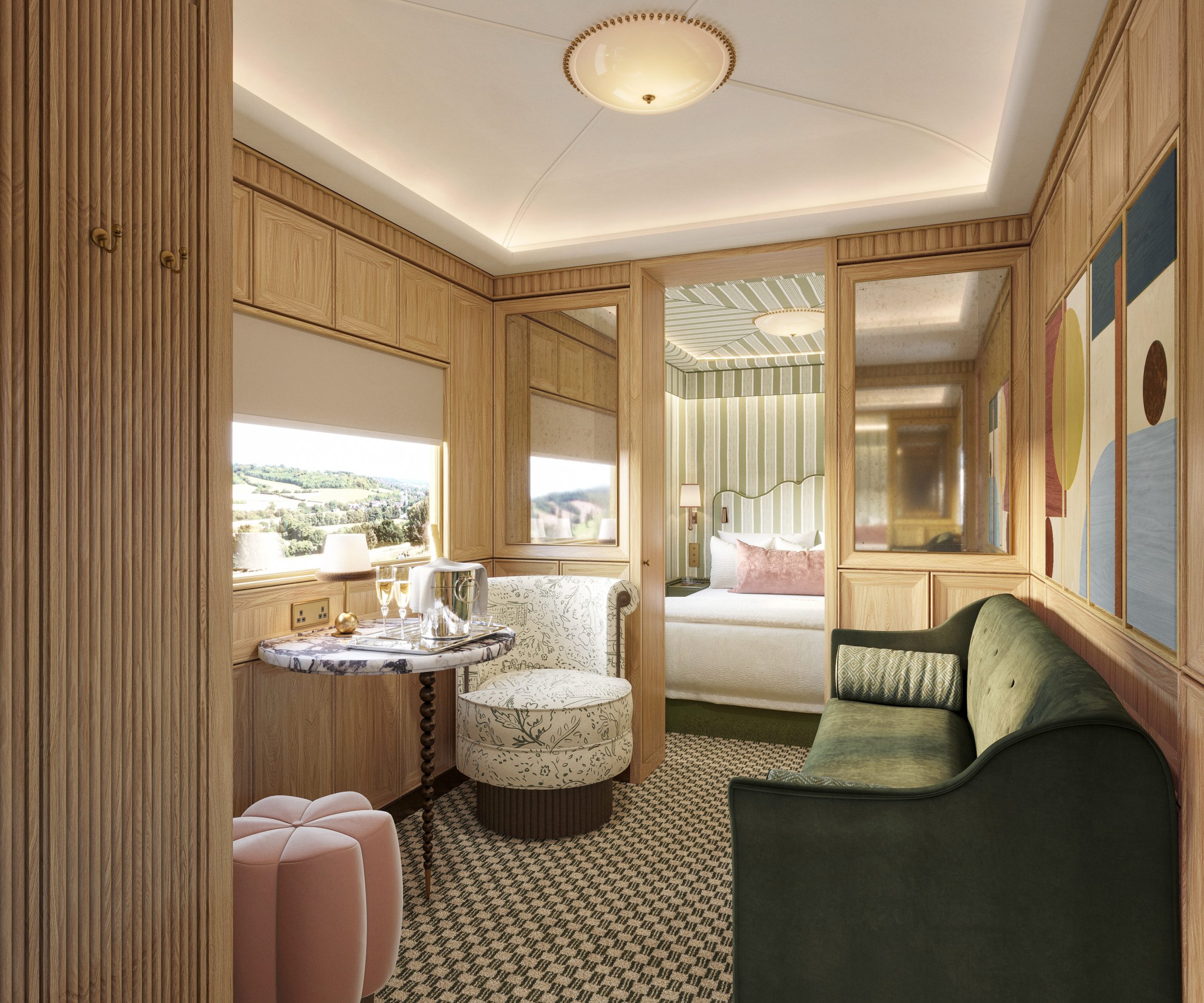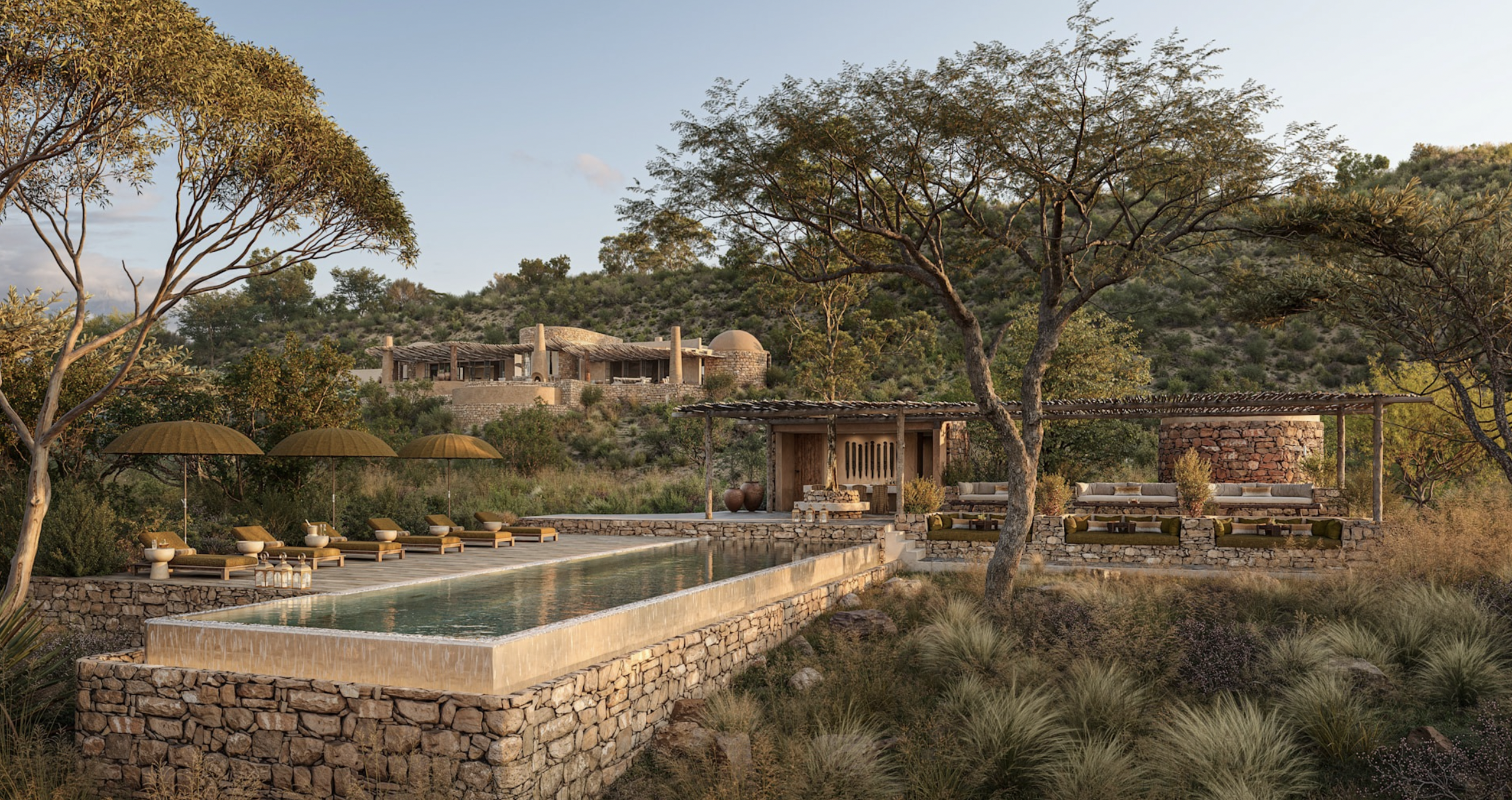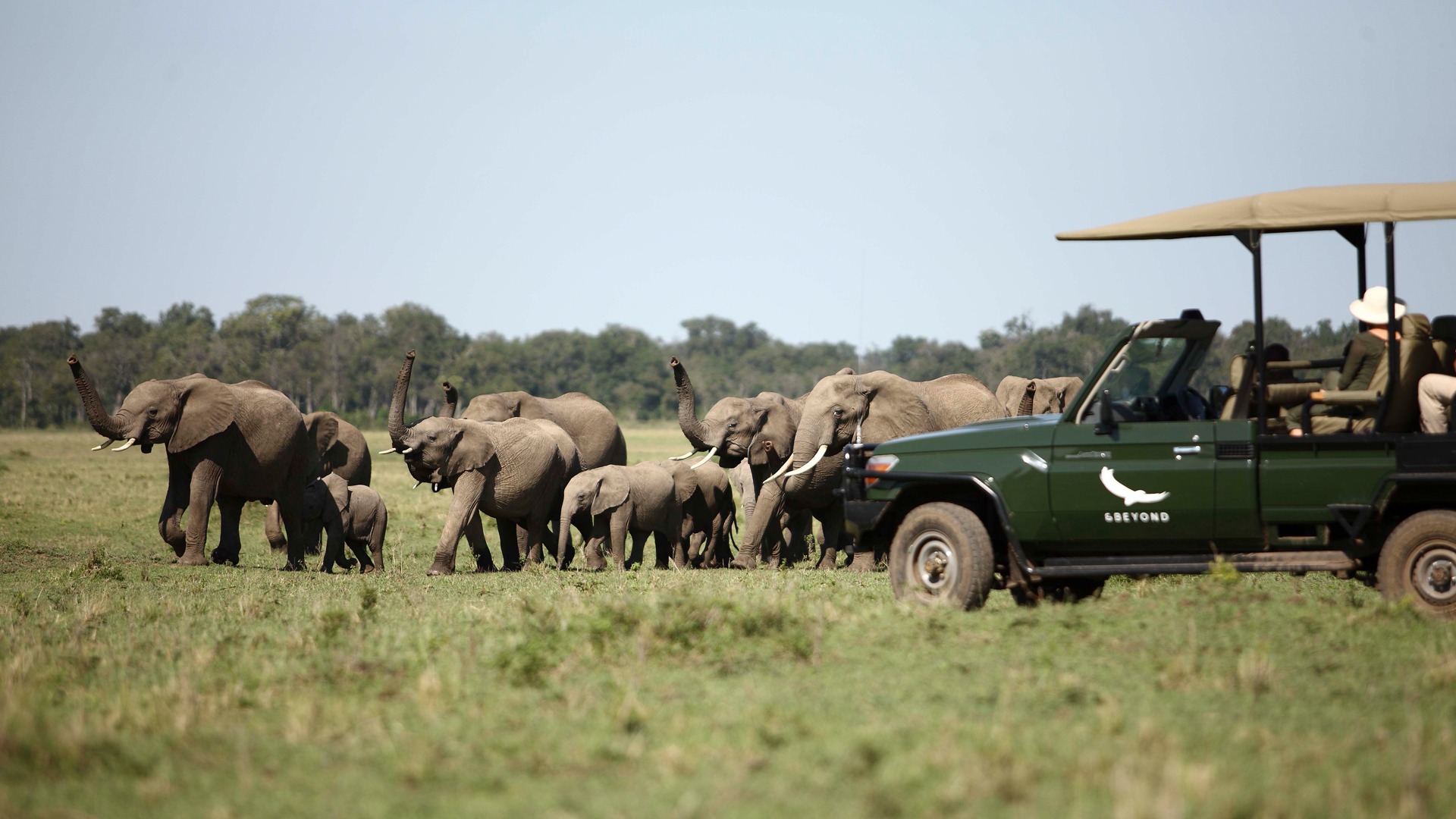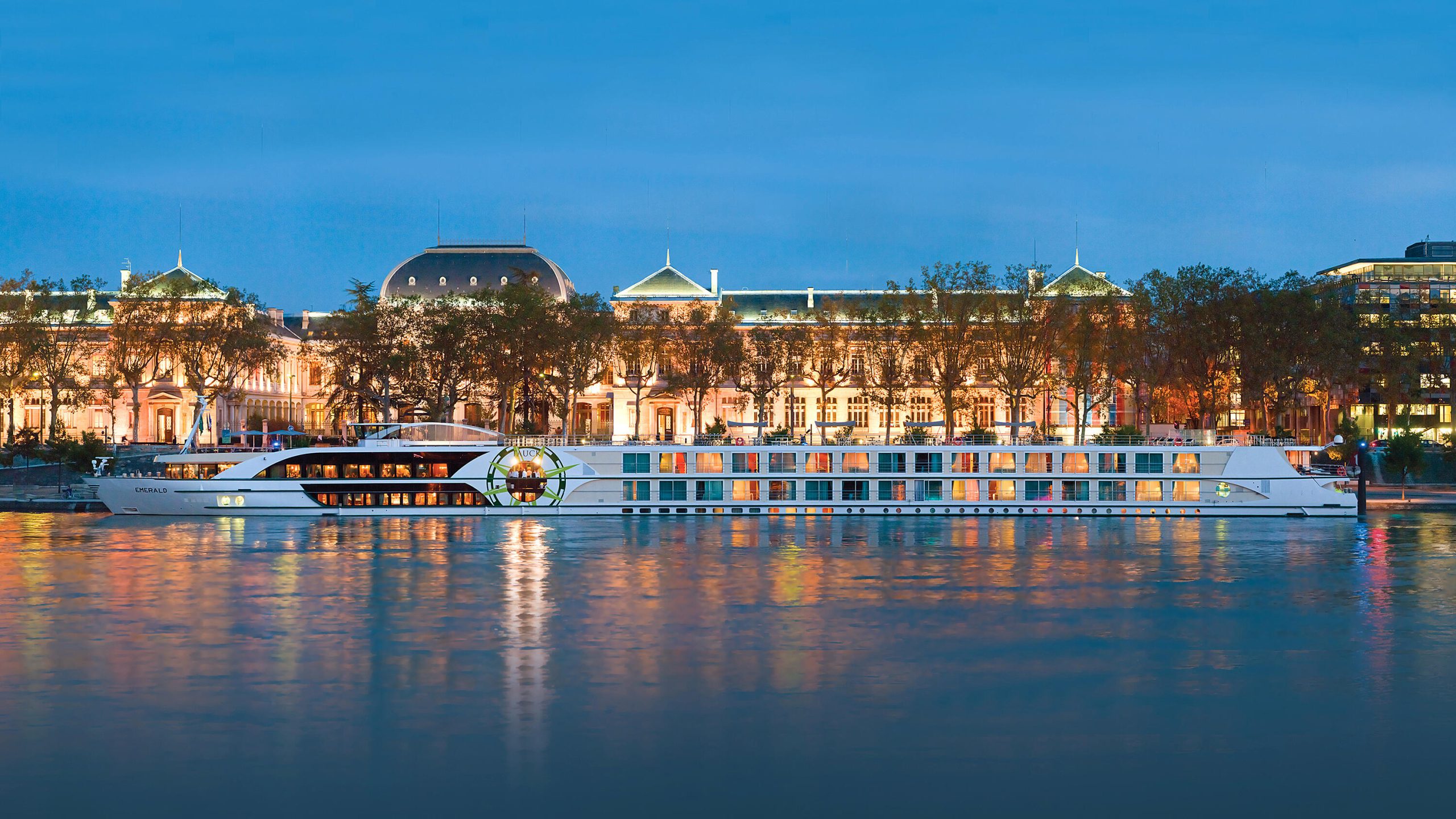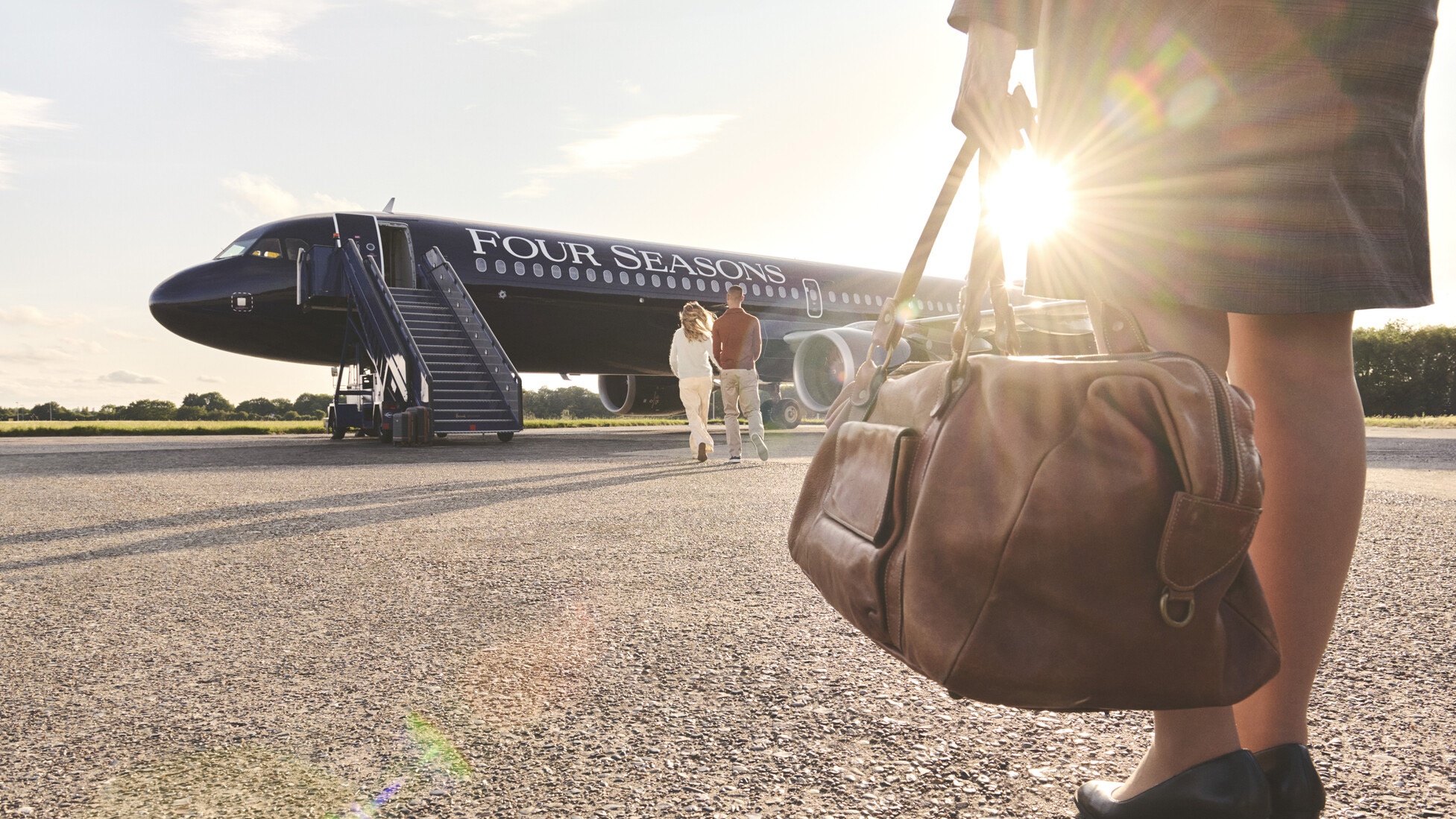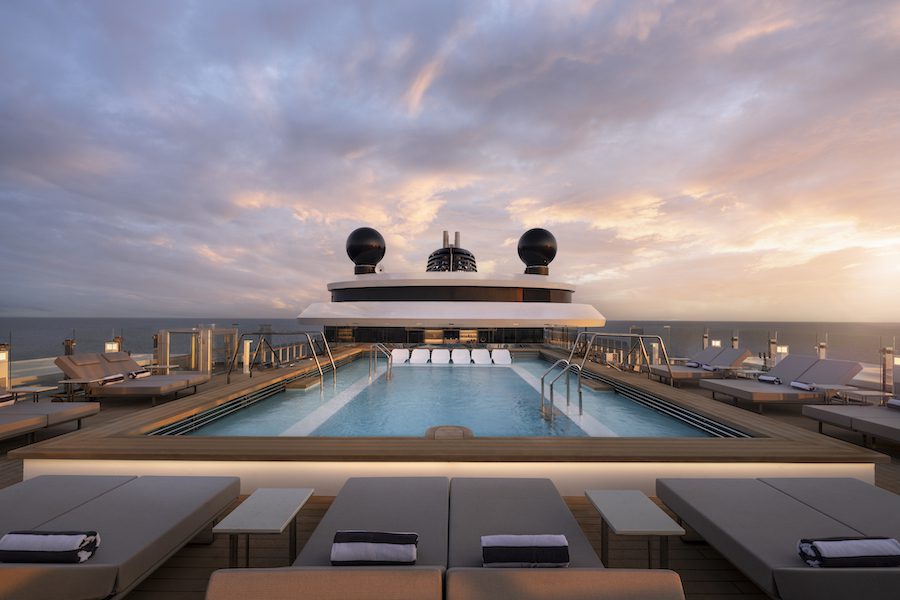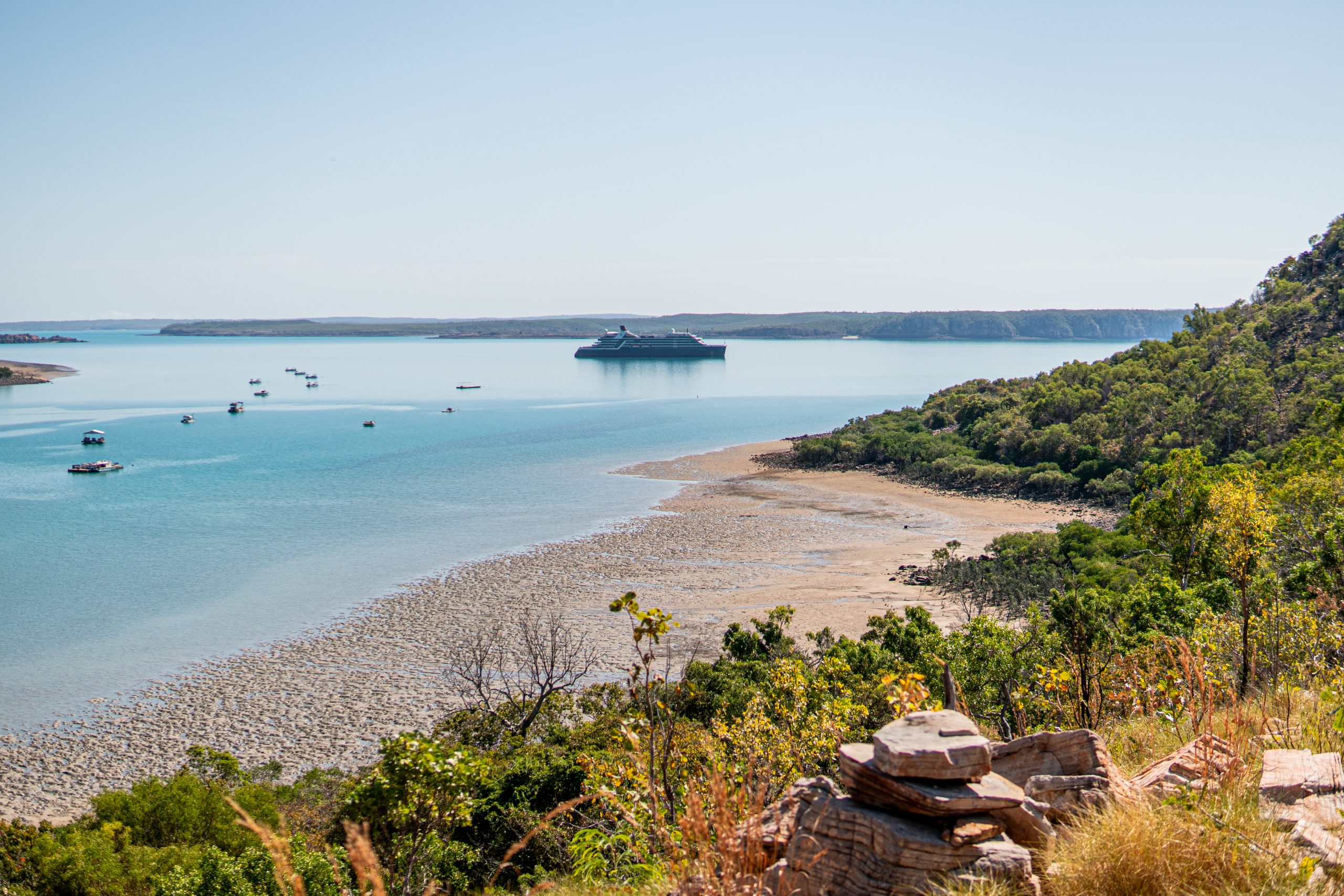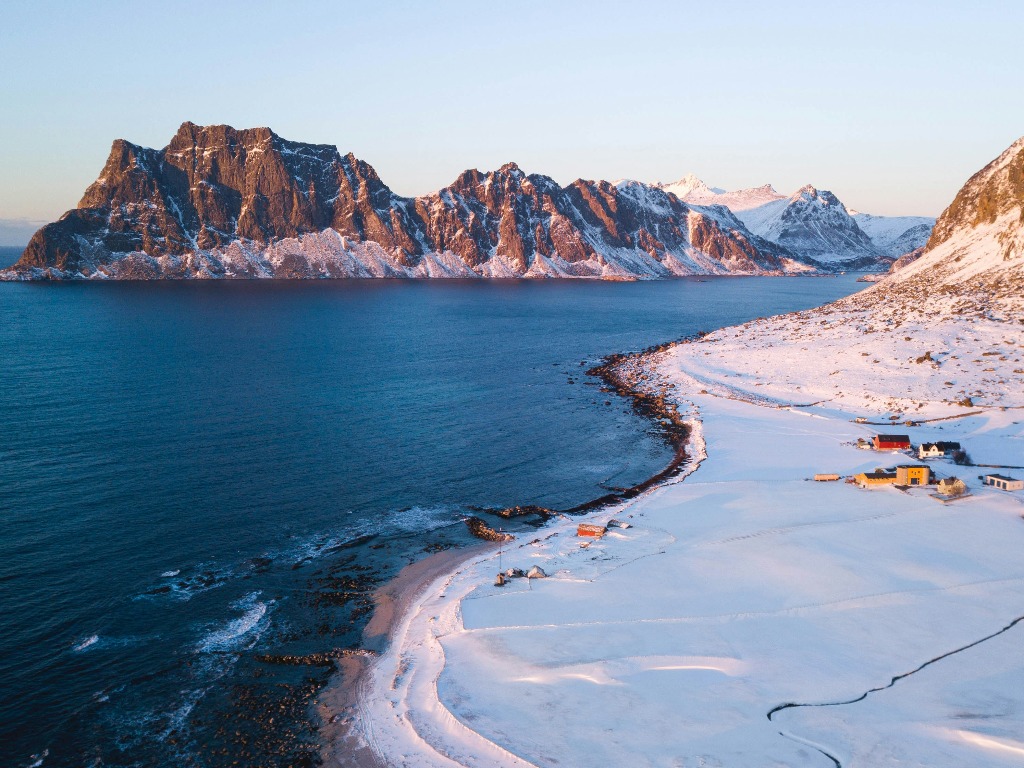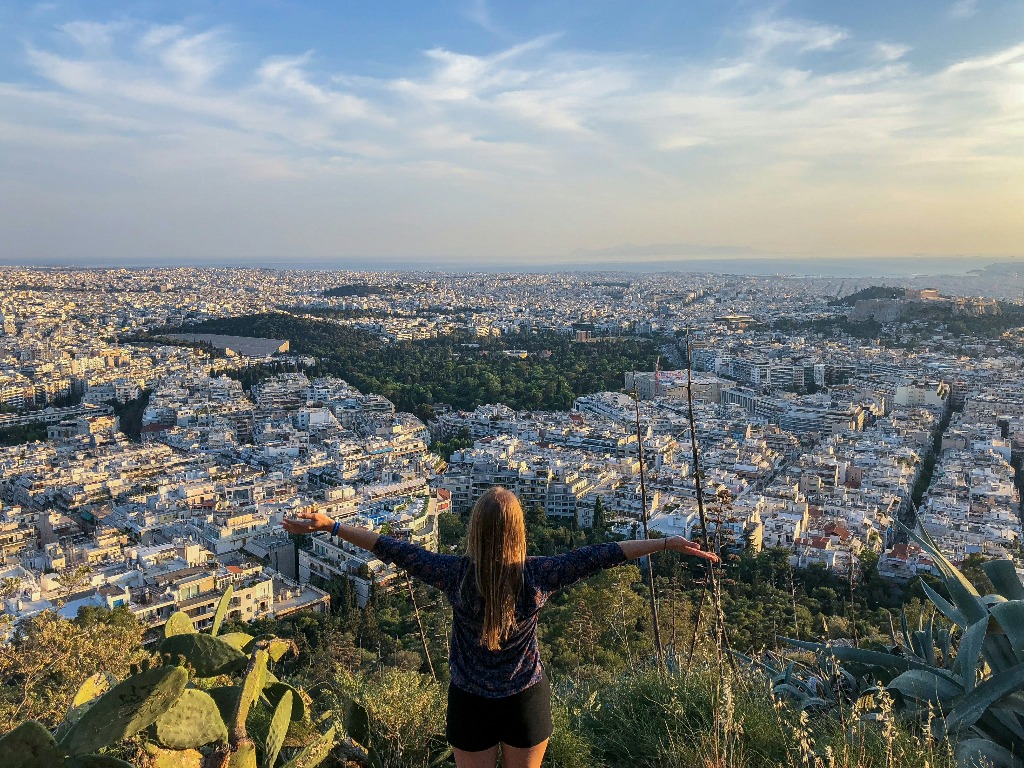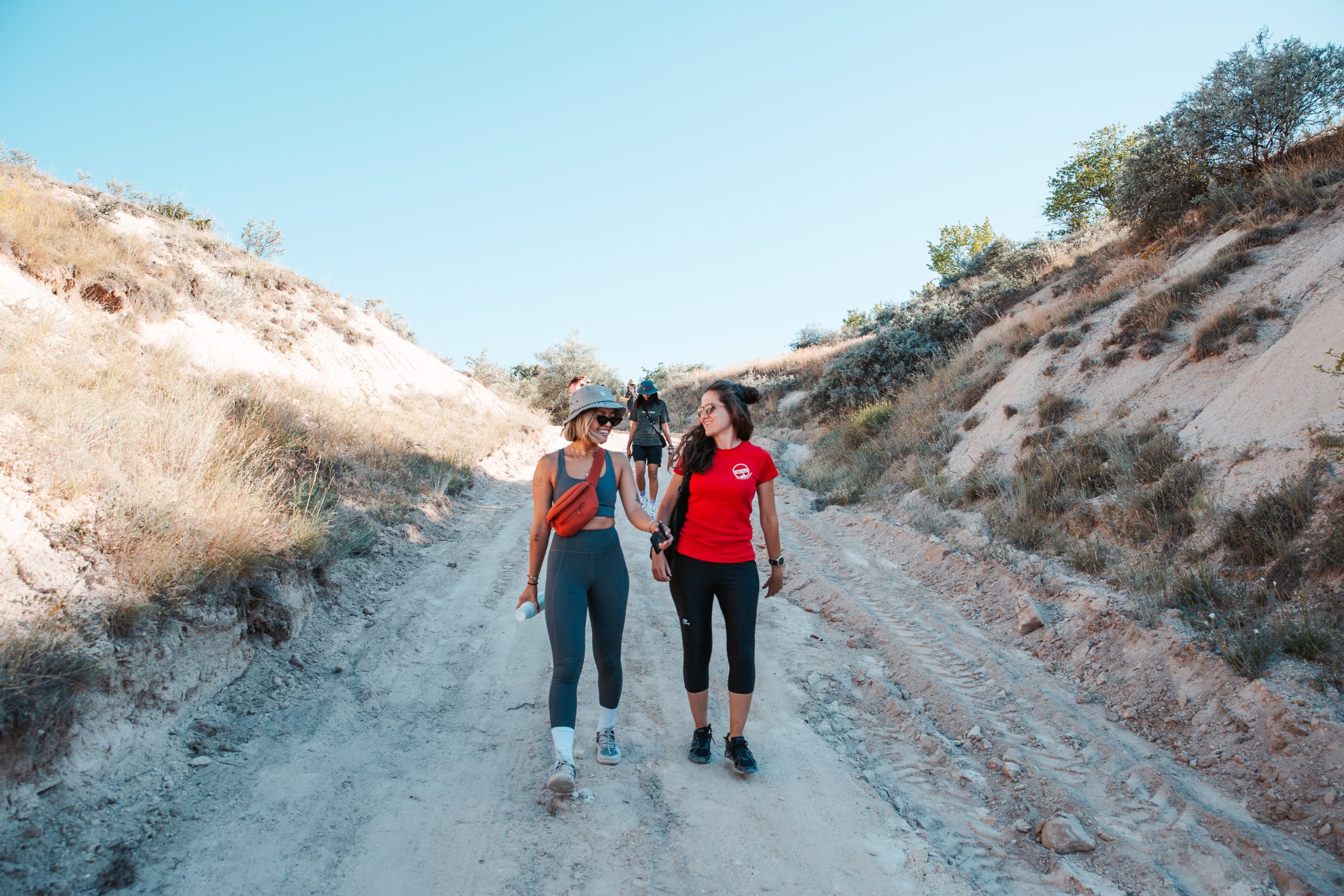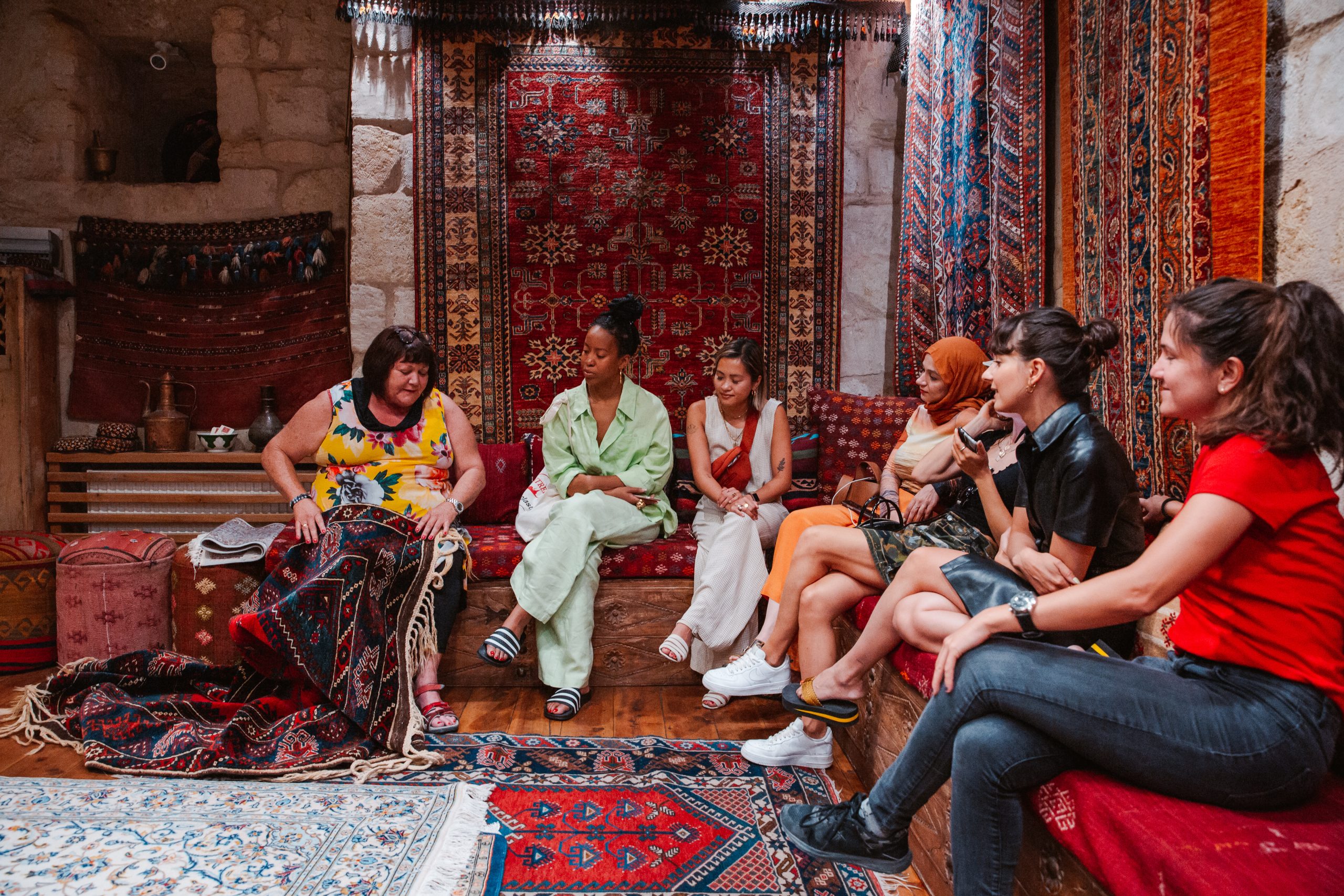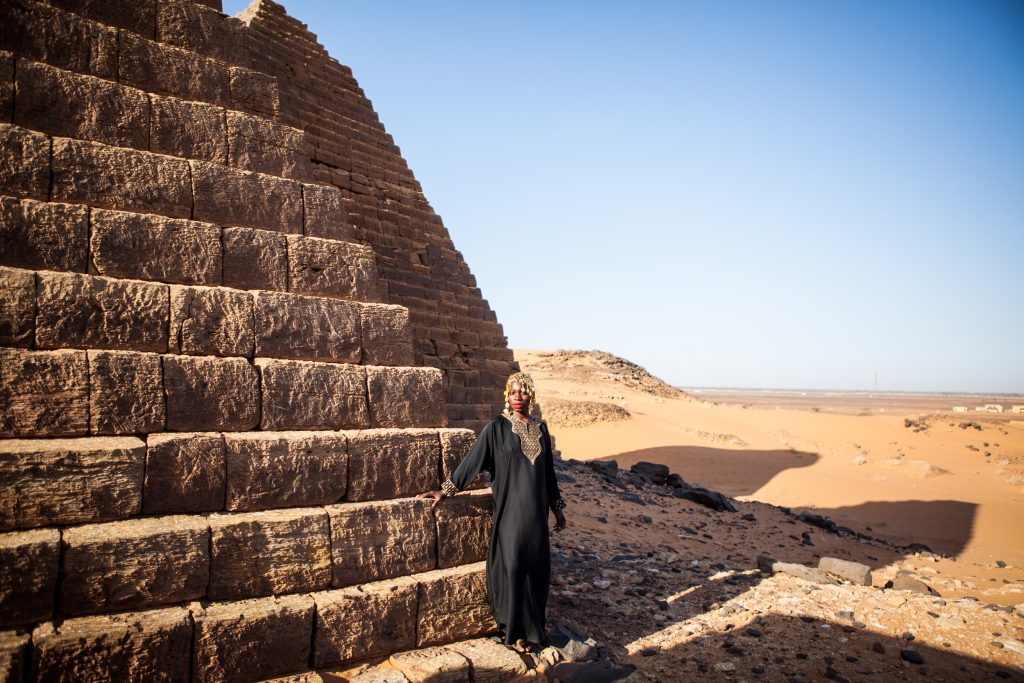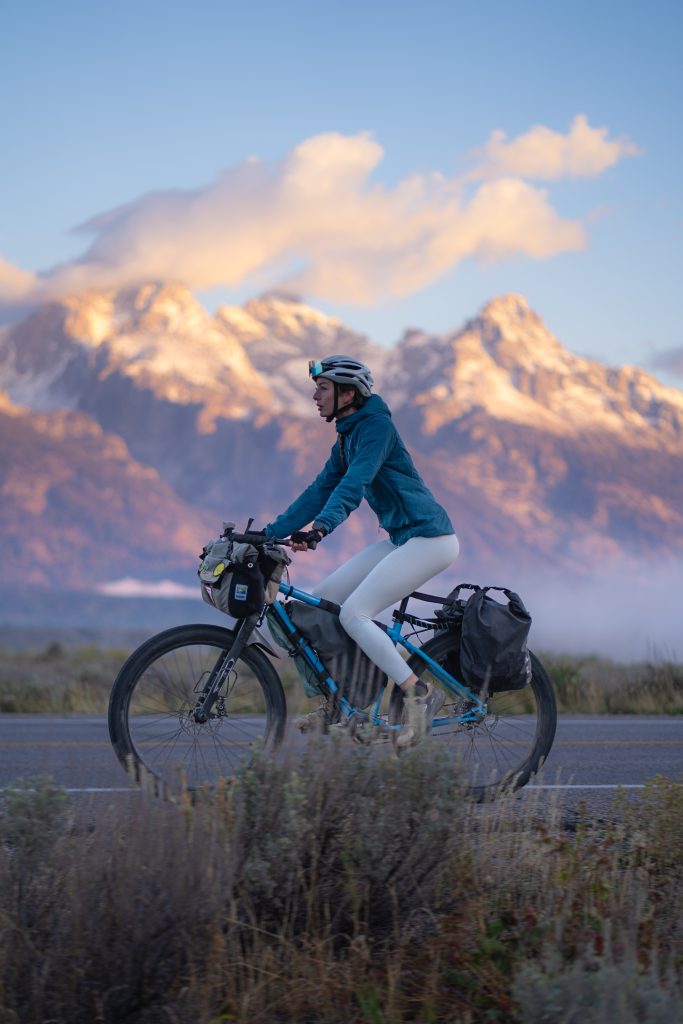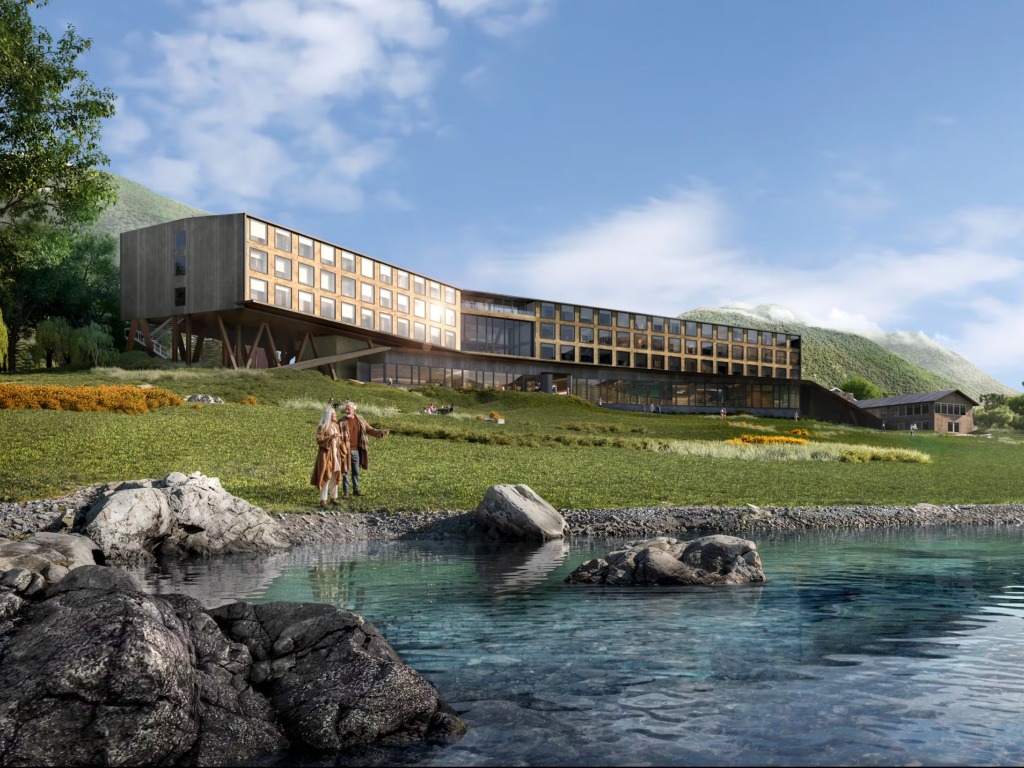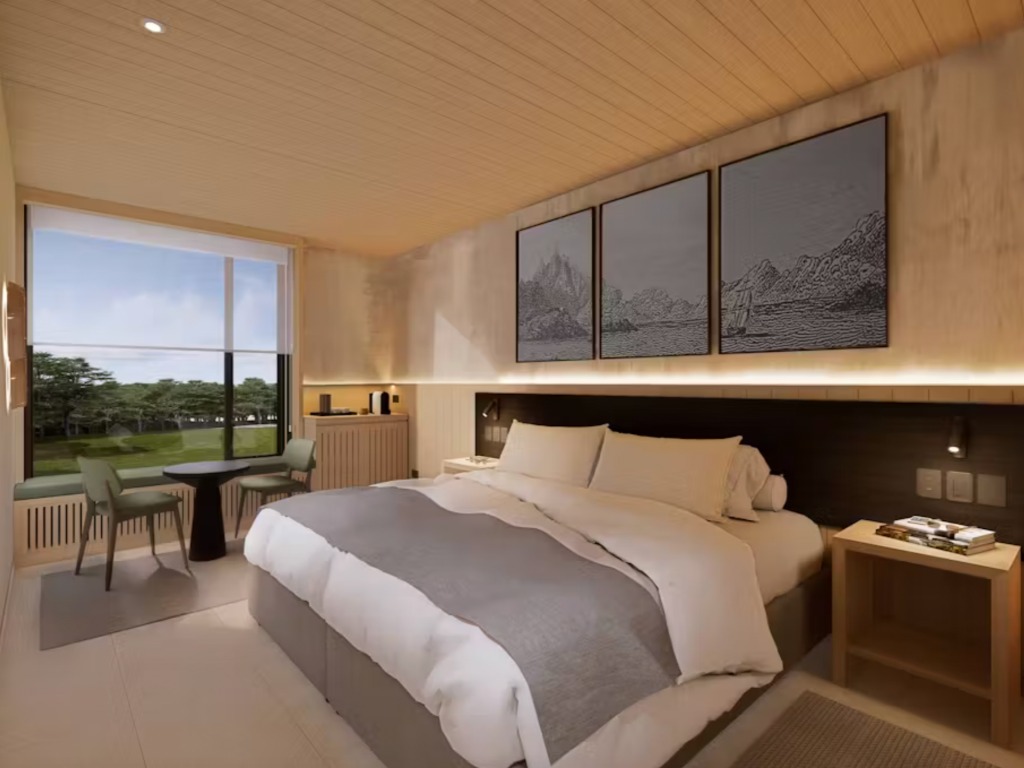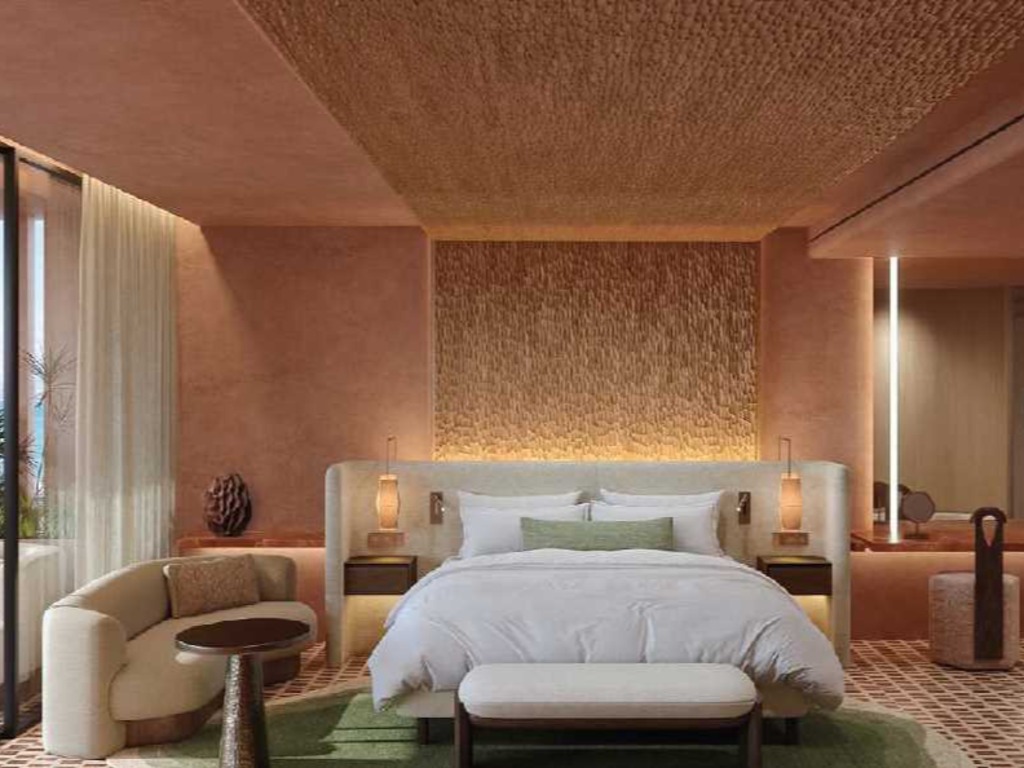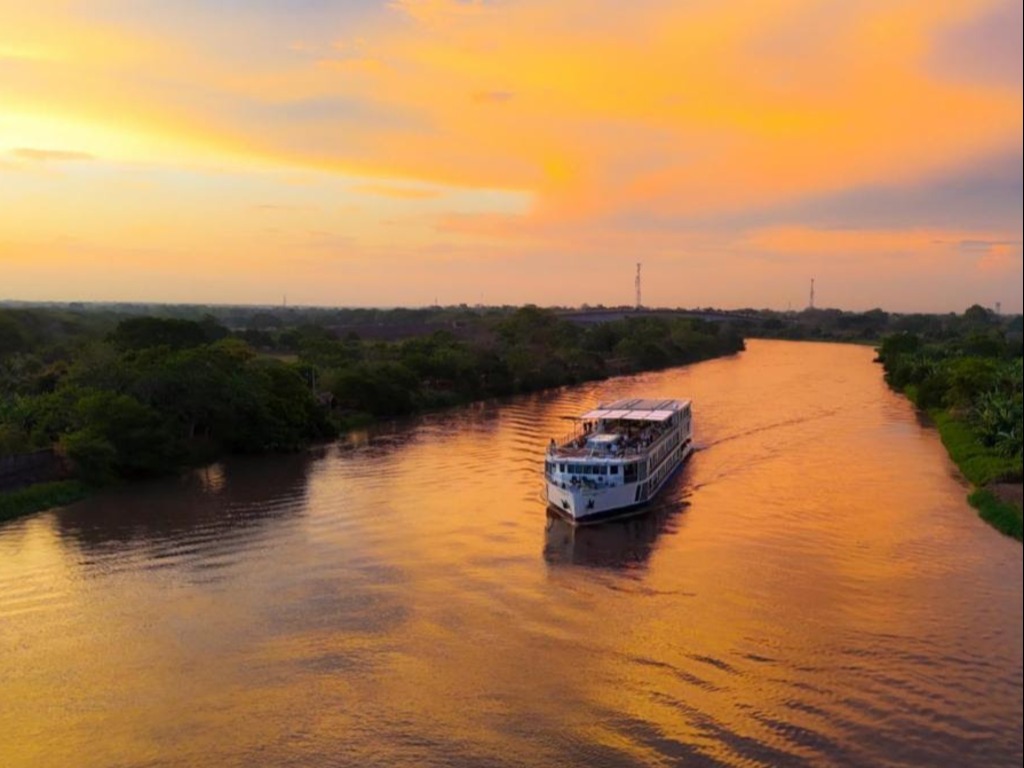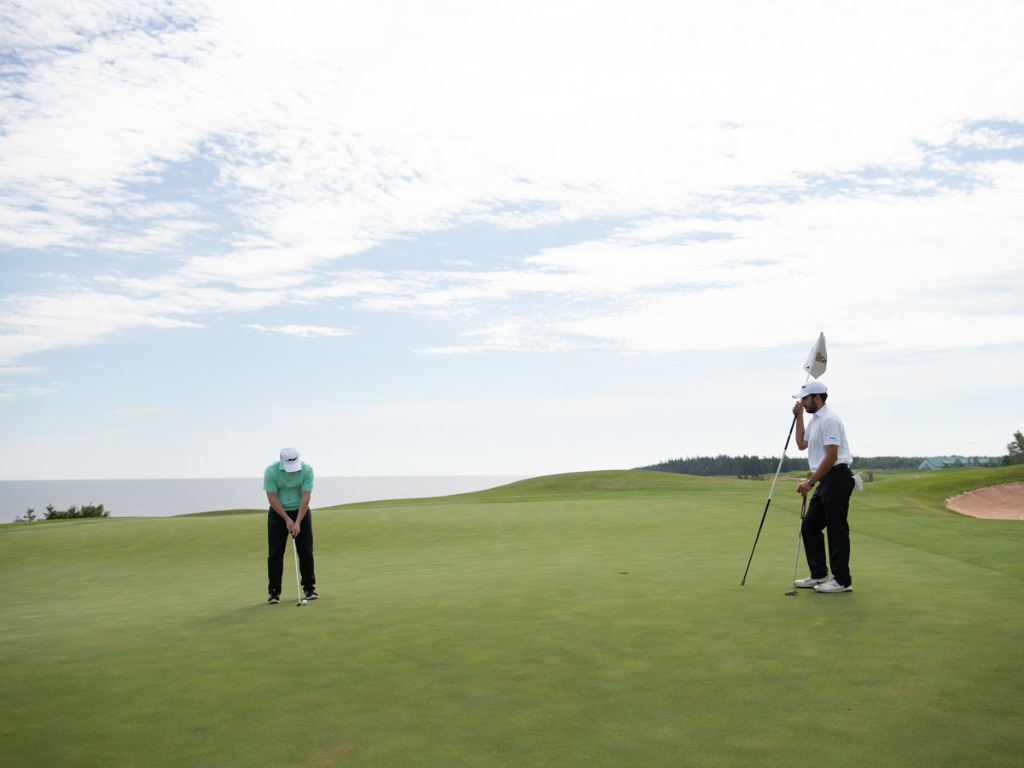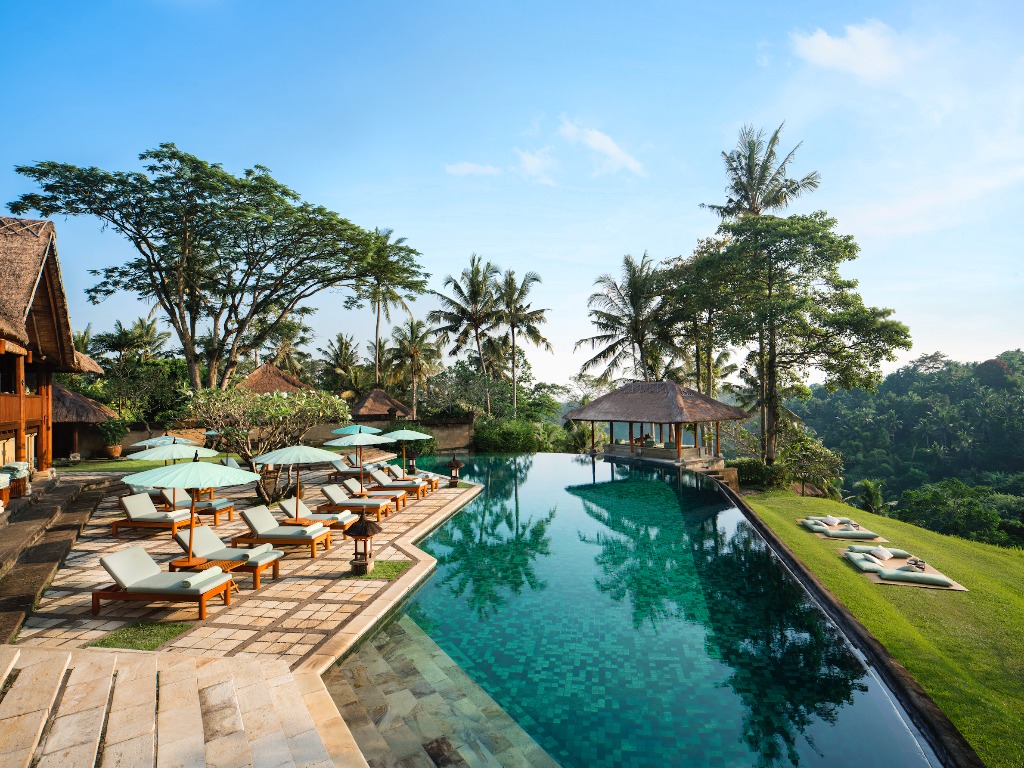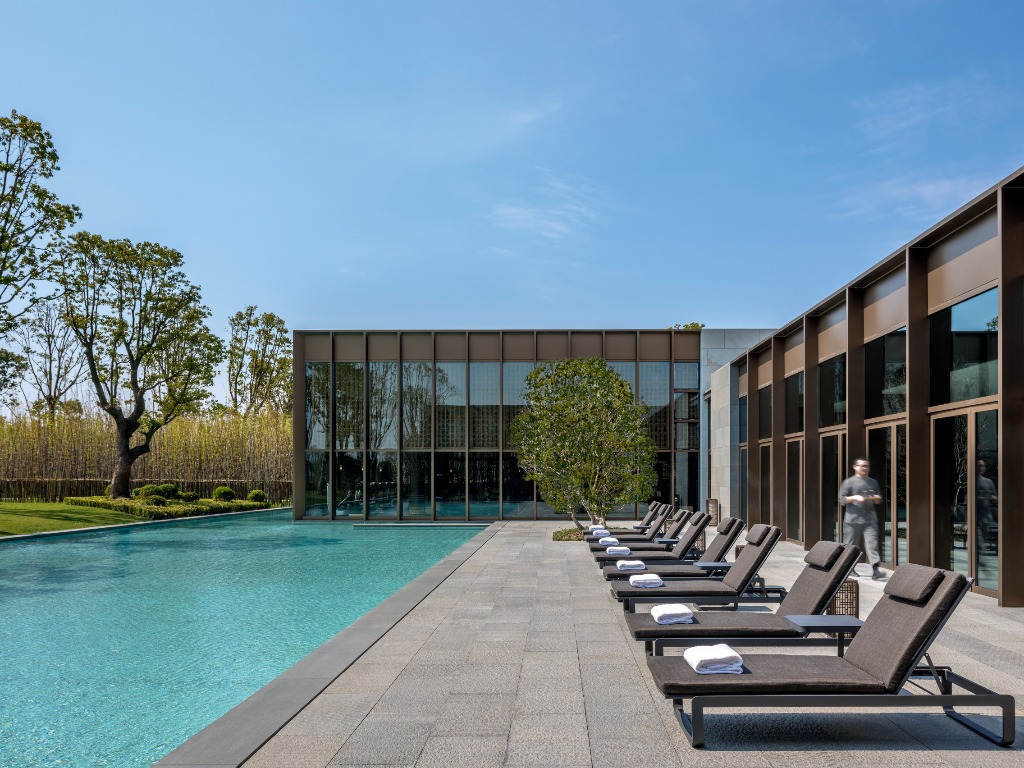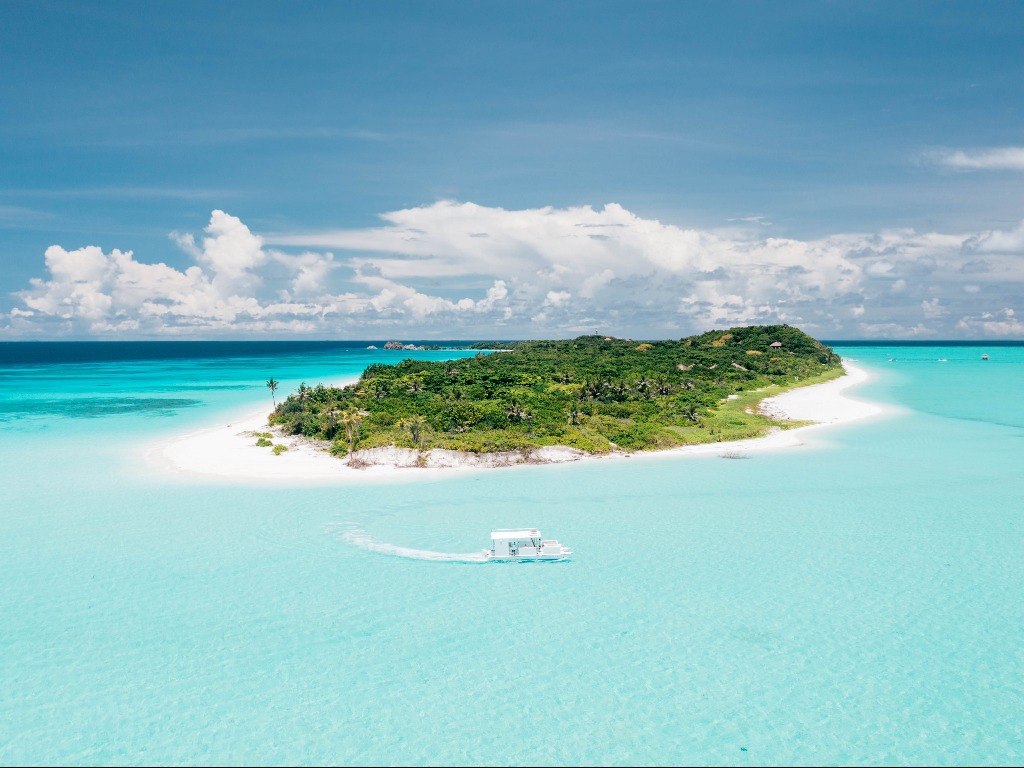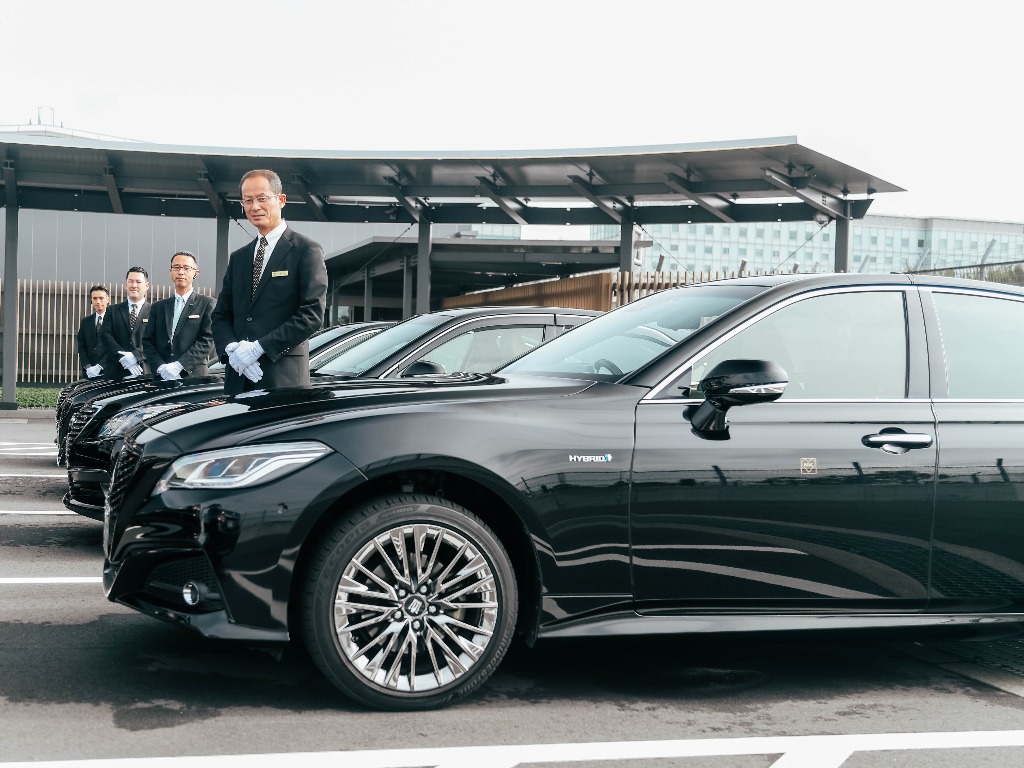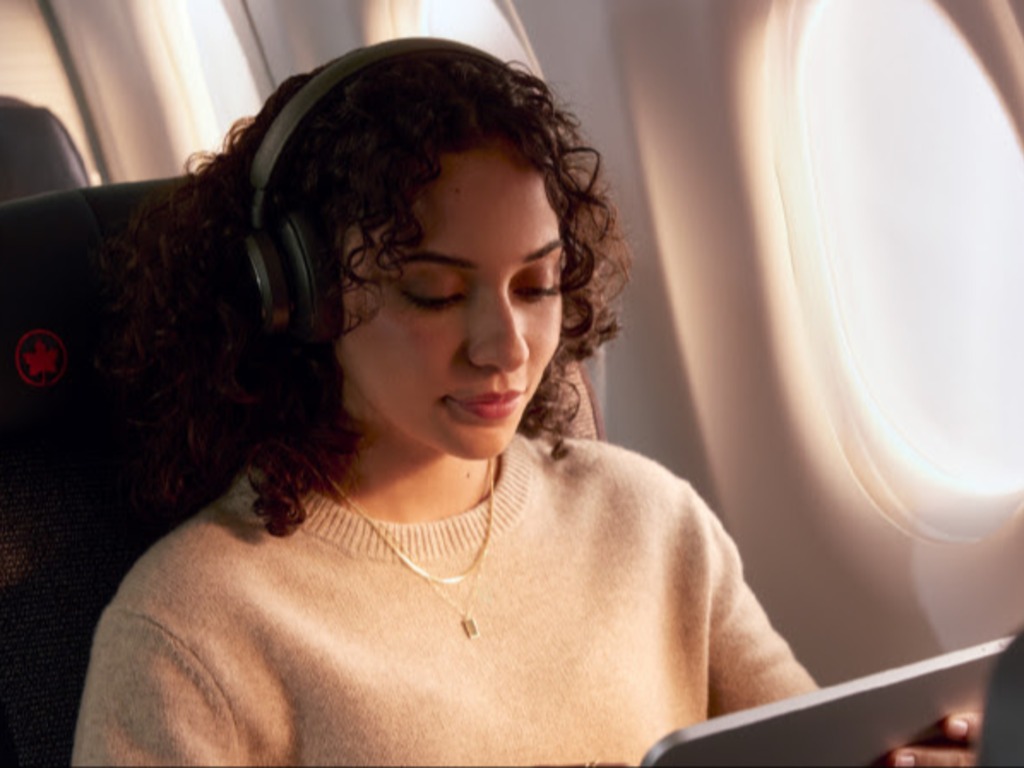
Air Canada finally added free Wi-Fi for flights in North America, Mexico & the Caribbean
Air Canada has launched fast, free Wi-Fi for Aeroplan members on board Air Canada’s flights across North America and to-and-from sun destinations in Mexico and the Caribbean.
Sponsored by Bell, the new service means customers can enjoy streaming video services and gaming on their personal devices and makes Air Canada a leader in connectivity.
“Quality connectivity has become indispensable for all travellers. Starting today we’re thrilled to offer complimentary Wi-Fi on North American, Mexican and Caribbean flights for Aeroplan Members, by partnering with Bell,” said Mark Nasr, Executive Vice President & Chief Operations Officer at Air Canada. “This initiative underscores Air Canada’s focus on elevating the customer experience, with leadership in providing streaming quality connectivity, at a pace unmatched by other airlines — at home and around the world. We now offer Wi-Fi on 88 per cent of our fleet, with the remaining installations to be completed by early 2026. This will include an industry first with the upcoming launch of Wi-Fi on Air Canada Express Q400s serving Toronto’s Billy Bishop Airport.”
Aeroplan Members can now enjoy the convenience of complimentary, streaming-quality Wi-Fi from gate-to-gate on Air Canada, Air Canada Rouge and on Air Canada Express flights operated with CRJ900 aircraft.
More information on Air Canada’s fast, free Wi-Fi can be found here.

